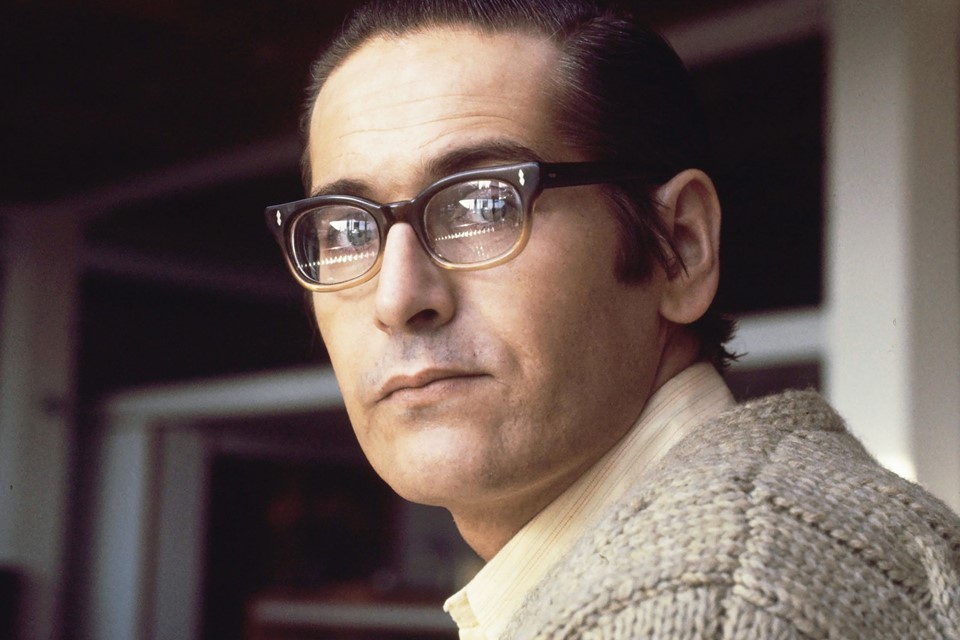Bill Evans

In the tapestry of jazz history, certain names shine with an incandescent brilliance, leaving an indelible mark on the genre’s evolution. Among these luminaries stands Bill Evans, a virtuoso pianist whose profound musicality and innovative approach forever altered the landscape of jazz piano. With a delicate touch and boundless creativity, Evans transcended the boundaries of convention, carving out a distinctive legacy that continues to captivate audiences worldwide.
Born on August 16, 1929, in Plainfield, New Jersey, William John Evans embarked on his musical journey at a young age, displaying an innate talent for the piano. His early immersion in classical music provided a solid foundation, but it was his encounter with jazz that ignited his passion and set him on a transformative path. Inspired by the likes of Bud Powell and George Shearing, Evans honed his skills in the vibrant jazz scene of the 1950s, gradually emerging as a trailblazing force in his own right.
One of Evans’ most defining traits was his relentless pursuit of innovation. He possessed a rare ability to seamlessly blend intricate harmonies, rich melodies, and subtle improvisation, creating a sound that was at once deeply emotive and intellectually stimulating. His groundbreaking modal jazz experiments, notably showcased in the seminal album “Kind of Blue” alongside Miles Davis, showcased his willingness to challenge conventional structures and push the boundaries of musical expression.
However, it was through his iconic trio formations that Evans truly solidified his status as a jazz icon. Collaborating with legendary bassists like Scott LaFaro and Eddie Gomez, as well as drummers such as Paul Motian and Philly Joe Jones, Evans cultivated an unparalleled synergy that elevated the art of trio performance to new heights. Their telepathic interplay and fluid dynamics became the stuff of legend, inspiring generations of musicians and redefining the role of each instrument within the ensemble.
Yet, beneath Evans’ technical prowess lay a profound sensitivity and introspective depth that imbued his music with a palpable sense of intimacy. His poignant interpretations of jazz standards, characterized by exquisite phrasing and nuanced harmonic voicings, revealed a profound emotional depth that resonated deeply with listeners. Tracks like “Waltz for Debby” and “Peace Piece” stand as timeless masterpieces, encapsulating the essence of Evans’ artistic vision and leaving an indelible imprint on the collective consciousness of jazz aficionados.
Tragically, Evans‘ life was marred by personal struggles, including battles with drug addiction and depression, which cast a shadow over his brilliance. Despite these challenges, he continued to channel his inner turmoil into his music, using it as a means of catharsis and self-expression. His hauntingly beautiful compositions served as a mirror to his innermost thoughts and feelings, offering solace and solace to both himself and his audience alike.
Conclusion
Bill Evans‘ untimely passing on September 15, 1980, marked the end of an era in jazz history, but his enduring legacy lives on through his timeless recordings and the countless musicians he inspired. His innovative spirit, coupled with his profound musicality and emotional depth, continues to serve as a beacon of inspiration for aspiring artists across the globe. As we reflect on his incomparable contributions to the world of jazz, we are reminded not only of his extraordinary talent but also of the transformative power of music to touch hearts, transcend boundaries, and illuminate the human experience.






